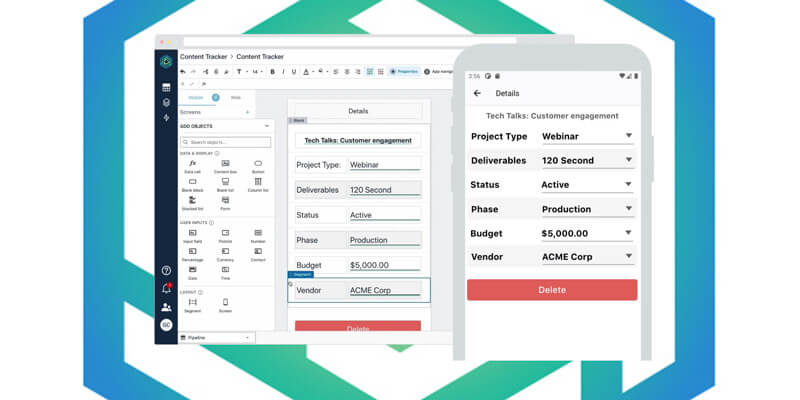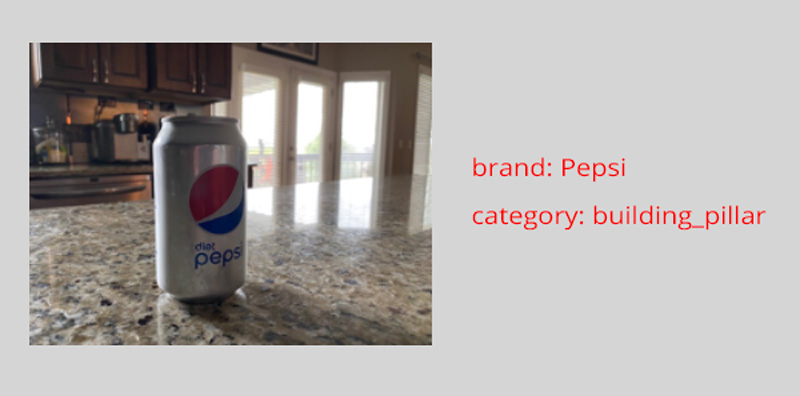Author: Chad Michel

Azure Vision: Who Didn’t Make Coffee?
At Don’t Panic Labs, I get to see many business deals that come through. Over the years, they seem to have increased in complexity. Probably the most obvious way they have grown is in the number of pieces. It isn’t uncommon for a solution to have many subsystems, be hosted in the cloud, have many…
Read more…

Google Firebase: Revisited
I haven’t been a fan of Google Firebase for quite some time. We used it for one project here at Don’t Panic Labs, and it was a pain to work with. The pain comes from three main gripes: It didn’t have a great local development story The technologies in Firebase feel somewhat odd to interact…
Read more…

AWS Lambdas with TypeScript plus Debugging: Yes You Can
AWS Lambdas give us quick code running in the cloud, but we don’t have to know how it is hosted. We are purely just writing functions running in the cloud. And with AWS CodeStar, getting a Node.js/Express.js Lambda set up and running has never been easier. This all seems great, but it does come with…
Read more…

Quick Look – AWS Honeycode
We write a lot of applications that automate backend processes. These are typically applications that can be a little rough in terms of their user experience because they only function for a few (and often more technically savvy) users. These applications are often heavily data-driven, which is why they usually start in Excel before we…
Read more…

AWS CodeStar – Adding Another API Endpoint
I wrote about AWS CodeStar in my previous post. I was impressed by what it can provide developers. With just a few clicks, you get a fully functional API running in a serverless hosting environment (AWS Lambda), and you get a full build/deploy pipeline to boot. But how can you add another API endpoint after…
Read more…

Getting Started with AWS CodeStar
I have blogged a bit about AWS Lambdas in the past. We sometimes use AWS Lambas + API Gateway + other AWS services to create the backend services for our applications. My previous experience with getting this set up and running was kind of a pain, and getting it running locally was even more of…
Read more…

Chad’s Identify-Your-Face-inator
There are many solutions for face recognition. Azure and AWS both provide cloud-based solutions that can be consumed. However, there are other options that don’t require a cloud provider. One of these is OpenCV. In this blog post, we will explore using OpenCV to do some basic face recognition. The steps for pretty much all…
Read more…

Computer-Assisted Static Code Analysis
Ensuring everyone has the same conventions is important; it helps to keep all the code looking like it was developed with one mind. But doing so is a lot of work. I don’t know how many pull request comments I have seen along the lines of “this should be Pascal Case, not Camel Case”. Way…
Read more…

Azure Computer Vision: Moving Beyond Faces
Azure’s cognitive APIs are pretty impressive. We did a series of blog posts on the Azure Faces API, but today we are going to look at the Computer Vision API overall. And we’ll see that their APIs are good for doing other things with images as well. With Azure’s generic Vision API, we can glean…
Read more…

Quickly Finding Sentiment Using Azure Text Analytics
Text analysis can potentially be very powerful. The ability to judge text as positive or negative is very interesting. This would obviously be a very powerful tool for analyzing things such as blog comments or product review comments (“Are people giving us positive or negative feedback on our product?”). So lucky for us, Text Analytics…
Read more…